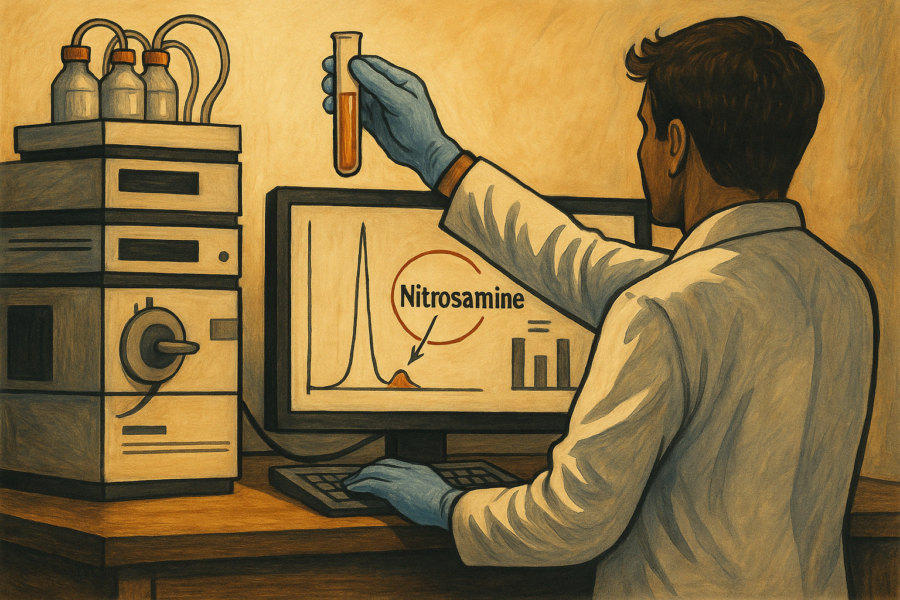
Changing Demographics Are Reshaping the Pharmaceutical Industry
Demographic changes are transforming the pharmaceutical landscape, influencing everything from drug development priorities to global market dynamics. The increasing median age of populations, declining birth rates, and the rapid evolution of emerging economies present both challenges and strategic opportunities. In this context, agile CMC guidance and advanced digital solutions have become critical differentiators for pharmaceutical companies aiming to stay competitive.
Aging Populations and the Demand for Chronic Disease Treatments
Global populations are rapidly shifting toward an older median age. Over the next 75 years, the population of those aged 65 and older is projected to nearly quadruple from 650 million to an estimated 2.5 billion.
This trend exacerbates demand for therapies targeting:
- Cardiovascular diseases (CVDs): As the leading global cause of death, CVDs continue to drive demand for advanced therapies and long-term monitoring technologies. The risk of CVD increases from about 40% in 40-59 years to about 75% from 60-79 in men and women in the US.
- Cancer: Another leading cause of death globally, the expected number of new cases is forecasted to increase from 20 million in 2022 to 33 million by 2050. With age as a major risk factor, the rising incidence of cancer has catalyzed oncology pipeline growth and innovation in targeted therapies.
- Neurodegenerative diseases: Increasing prevalence of Alzheimer’s and Parkinson’s diseases has reshaped R&D pipelines and accelerated the launch of novel biologics and small molecules. Current therapies have limited effectiveness with promising opportunities for development. The market for new drugs is predicted to grow at a CAGR of 6.93% from 2022 to 2027.
These age-driven shifts require a flexible mindset that complements scientific innovation. They demand scalable CMC frameworks, rapid tech transfer capabilities, and integrated regulatory strategies. Rondaxe helps pharmaceutical organizations meet these demands with precision, optimizing CMC strategies to scale efficiently and comply with evolving global standards.
Declining Birth Rates and Labor Force Challenges
Declining fertility rates in many developed countries are leading to labor force contraction effecting the pharmaceutical sector. This demographic shift creates a tightening talent pipeline and elevates risks tied to the retirement of experienced professionals.
To remain productive and competitive, pharmaceutical companies are turning to digital solutions that drive operational resilience. Technologies like Rondaxe’s software are instrumental in:
- Capturing and Retaining Institutional Knowledge: Personnel leaving often take critical CMC insights with them. One survey estimates an annual loss of $47M and higher per year for large organizations. Our digital platforms preserve this knowledge to ensure continuity.
- Streamlining Workflows: Automation reduces the burden of manual tasks like documentation, deviation tracking, and submissions, helping short-staffed teams achieve more.
- Ensuring Consistency and Quality: Automated systems reduce variability and support quality assurance, helping companies maintain compliance even amid staffing transitions.
Emerging Market Growth Is Expanding Access and Driving Innovation
While aging populations dominate headlines, emerging markets are rapidly transforming the global pharmaceutical opportunity. Population growth in countries such as India, Brazil, and across sub-Saharan Africa intersects rising healthcare investment and improving infrastructure. These trends are expanding access to medical care and pharmaceuticals for millions of people.
Pharmaceutical companies are responding by localizing manufacturing, adapting formulations to local needs, and investing in therapies that address prevalent conditions such as infectious diseases, maternal health, and early-onset chronic diseases. Generics and biosimilars are seeing accelerated uptake, while government partnerships in these regions are opening the door for broader immunization and disease management programs.
Companies that strategically enter these markets are not only improving global health outcomes, but unlocking sustained growth potential that complements slow-growing, aging markets.
Middle Class Expansion Is Shaping Lifestyle-Focused Demand
In parallel, the global rise of the middle class, particularly in Asia-Pacific and Latin America, is shifting pharmaceutical demand toward lifestyle-driven conditions such as diabetes, hypertension, and obesity. As income levels rise, so do expectations for quality healthcare and access to brand-name drugs, preventive treatments, and specialty care.
Innovators are increasingly tailoring their pipelines to meet this demand, particularly in urban centers where lifestyle changes and sedentary habits are leading to an uptick in non-communicable diseases. This shift fuels demand for longer-term therapies, self-administered treatments, and consumer-friendly diagnostics. The expansion of private healthcare and insurance access in these regions also supports broader market penetration for branded therapies.
Strategic Alignment with Demographics Delivers Financial Return
Financially, pharmaceutical companies that align their portfolios with demographic trends consistently outperform their peers. Studies show that even small demographic tailwinds can drive annual stock return increases of 2–3 percentage points.
One standout example is Eli Lilly, which has successfully focused its portfolio on chronic, lifestyle-related conditions with strong demographic underpinnings such as diabetes and obesity. Their investment in GLP-1 inhibitors has delivered clinical impact while driving unprecedented financial performance.
Rondaxe helps pharmaceutical companies optimize and scale CMC strategies, ensuring operational agility, technological efficiency, supply chain security and regulatory compliance in what may seem like the shifting sands of time. We’ve worked with companies as large as Lilly to ones as small as three employees to sort out everything from manufacturing process technology transfers and should-cost production modelling to building a quality team from scratch and taking an NDA from first draft through submission.



